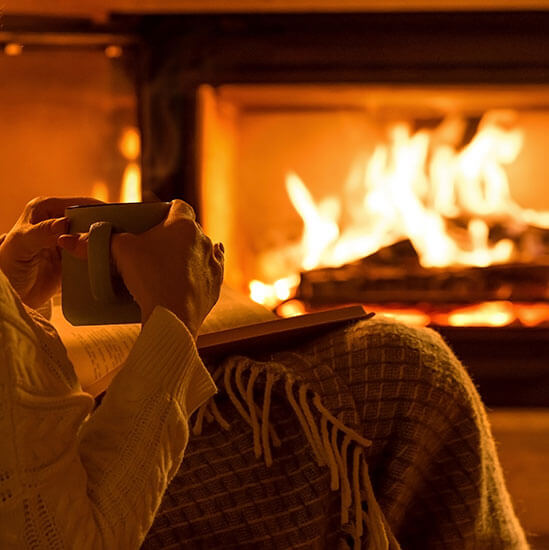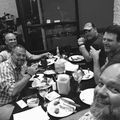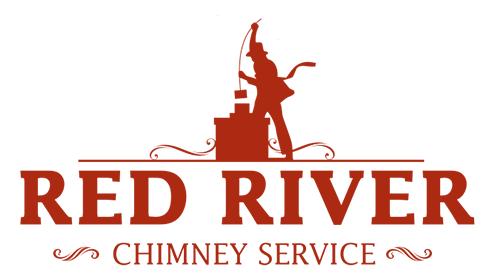FAQs
Frequently Asked Questions
Here are a few of the most frequently asked questions (FAQs) of our chimney sweeps…
- Remove soot
- Eliminate blockages
- Lessen built-up creosote
- Clean you firebox and damper
- Increase efficiency
- Create a safer home
The U.S. Consumer Product Safety Commission states wood stoves, fireplaces, and chimney assemblies are estimated to account for more than 100,000 residential fires each year, resulting in 200 deaths.
The root cause of most of these losses is that most U.S. homeowners are unaware that chimneys require regular inspection and maintenance. Most homeowners are unaware of their chimney condition or maintenance. The fact that problems are rarely visible to the casual observer complicates the situation.
The National Fire Protection Association Standard 211 says, “Chimneys, fireplaces, and vents shall be inspected at least once a year for soundness, freedom from deposits, and correct clearances. Cleaning, maintaining, and repairing shall be done, if necessary.”
This is the national safety standard and is the correct way to approach the problem. It takes into account the possibility that even if you don’t use your fireplace much, bird or animals may build nests in the flue or there may be other types of deterioration that could make the chimney unsafe to use.
We recommend that you have your chimney cleaned annually or about every cord of wood burned. If you notice an odor or if your fireplace is not drafting properly, please call us to inspect it before continuing to use it.
The primary job of a chimney service professional is to inspect your chimney, clean and maintain your chimney, and to recommend changes to improve its performance and safety.
It is basically excess fuel that gathers in the form of black powder, flakes, or a baked-on glaze, depending on the various degrees of buildup. The cause is burning materials, such as wood or firelogs in your fireplace. There is no way to prevent the buildup of creosote in your chimney.
Creosote is one of the main causes of chimney fires. When there is excess buildup of creosote and temperatures rise, soot can ignite and a fire may start. This can lead to further damage as sparks shoot out the top of the chimney.
Conditions that encourage the buildup of creosote:
- Restricted air supply
- Burning unseasoned wood
- Cooler than normal chimney temperatures
Only well-seasoned wood is safe to burn. Do not burn wrapping paper, a pizza box, foam packaging, or other material that does not designate safety in fireplaces.

TESTIMONIALS
Our Clients Feedback
Red River Chimney did a fabulous job sweeping out my fireplace. Very professional and gave great solutions to some fireplace issues I was having. Highly recommended. Thanks Tyler!

Tammy Kay Rankin
Satisfied Client
Tyler was very friendly and did an excellent job. He didn’t leave a mess to be cleaned and was very respectful of our home. Will definitely use him again.

Lance Parker
Satisfied Client
I noticed my dryer was getting very hot so I called Red River Chimney Service. Tyler came out and cleaned the dryer vent. He was friendly and very knowledgeable. I highly recommend him and will use him again

Sandra Buckner
Satisfied Client
Tyler was very sweet, kind and respectful. He Did an amazing job. Now I feel safe using my fireplace. Tyler was professional and extremely clean.

Lea Ann White
Satisfied Client
Red River Chimney and Tyler are outstanding and on top of there business!! Highly professional and I wanna highly recommend them.



